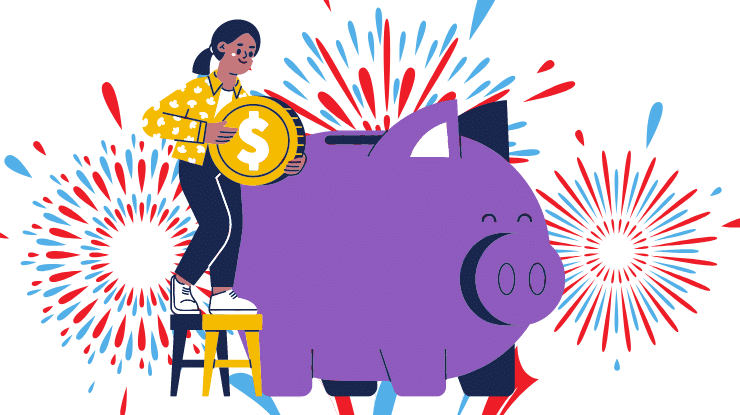She had long avoided savings. Until she got an idea. What if the next time she did something scary, she rewarded herself by contributing a small amount to a saving account?
“Today I dealt with a confusing problem at work and got it resolved,” she explained in The Wealth Connection chat group, “So I just added a dollar to my savings! It’s a great feeling. I’m having a lot of fun saving! “
The moral of this story: Savings can actually be fun when you frame it as a reward.
Positive reinforcement—anything from patting yourself on the back to paying yourself a dollar—works for one simple fact. It feels good…which triggers the release of pleasurable chemicals like dopamine, encouraging your brain to keep repeating the behavior.
As neuroscientist Rui Costa explained. “The brain learns which activity patterns lead to feel-good sensations and reshapes itself to more efficiently reproduce those patterns.”
It’s why teachers give kids gold stars and cute stickers to encourage behaviors that may not come naturally or feel good right away.
Changing financial habits is anything but pleasurable in the beginning because it requires delayed gratification.
There’s no immediate reward for spending less, saving more or investing wisely. But the payoff for dining out, buying designer shoes, or traveling to Tahiti is instantaneous and compelling—and short-lived.
However, with repetition, wealth building activities, like socking away savings—will eventually become gratifying in themselves. But until they do, they need to be positively reinforced.
Is there something you’ve been putting off lately? What can you do to reward yourself for taking action? Leave me a comment below.



Comments & Feedback